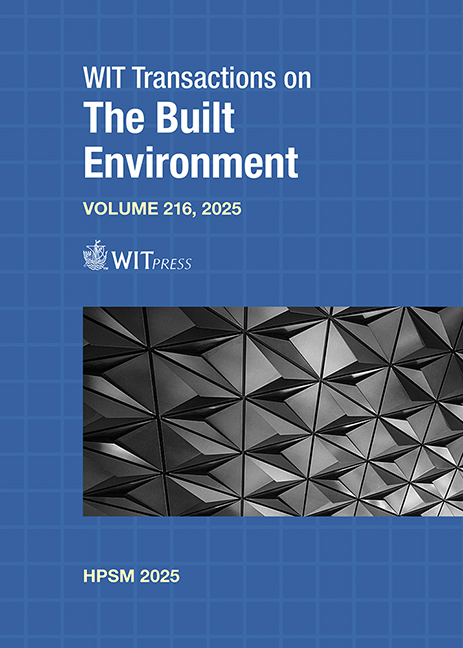MECHANICAL BEHAVIOUR OF PRINTABLE SPLINT POROUS DESIGNS USING ADDITIVE MANUFACTURING: A FINITE ELEMENT ANALYSIS
Price
Free (open access)
Transaction
Volume
216
Pages
7
Page Range
89 - 95
Published
2025
Paper DOI
10.2495/HPSM250081
Copyright
Author(s)
HASSAN MEHBOOB, ABDELHAK OULDYEROU
Abstract
This study investigates the mechanical performance of splints with soft resin and acrylic biomaterials. The dental splint was created with a 3 mm height and divided into three layers. The top and bottom layers (external layers) differed by 1 and 2 mm. Body-centred cubic structures (BCC) were used to create a porous middle layer, which also varied by 1 and 2 mm. The top rigid layer was subjected to a compressive displacement in small steps to visualize the stress–strain plots for linear and non-linear regions. Results indicated that the larger the strut thickness (lower porosity) the lower stresses and reaction forces, regardless of the thickness of the middle layer. Additionally, variations in the thickness of the middle layer resulted in noticeable changes in both stresses and reaction forces. An increase in strut thickness led to higher stress levels, indicating an enhanced load-bearing capacity under the same applied deformation. In conclusion, incorporating porous layers within the splints can effectively distribute reaction forces and mechanical stresses. This design approach can offer several advantages, including enhancing patient comfort, reducing pressure on tissues such as the gingiva and peri-implant contact area.
Keywords
printable dental splints, finite element analysis, biomechanics, porous lattice structure





